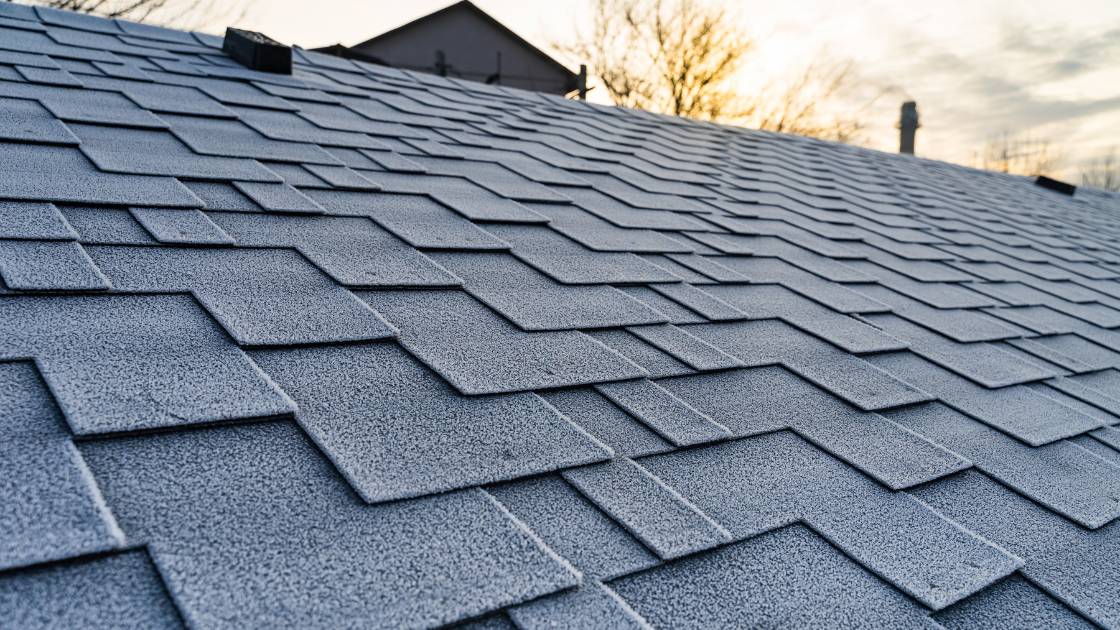
In the world of commercial roofing, TPO roofing has emerged as a game-changer, offering a winning combination of durability, energy efficiency, and cost-effectiveness. In this article, we'll dive into the world of TPO roofing, exploring its advantages, installation process, and why it's a top choice for commercial buildings.
TPO stands for Thermoplastic Olefin, a synthetic roofing membrane that has gained widespread popularity in the commercial roofing industry. It is known for its exceptional durability and reflective properties, making it an excellent choice for commercial buildings of all sizes.
Energy Efficiency
One of the standout features of TPO roofing is its energy efficiency. TPO membranes are highly reflective, bouncing back a significant portion of the sun's rays. This reflective property reduces heat absorption and can lead to substantial energy savings on cooling costs.
Durability
TPO roofing is designed to withstand the harshest weather conditions, including extreme heat, cold, and UV radiation. It is resistant to tears, punctures, and mold growth, ensuring long-lasting protection for your commercial building.
Cost-Effective
TPO roofing offers a cost-effective roofing solution. Its installation costs are competitive, and its energy-efficient properties can lead to long-term savings on utility bills.
Low Maintenance
TPO roofs require minimal maintenance. Regular inspections and occasional cleaning are usually sufficient to keep your TPO roof in excellent condition.
Environmentally Friendly
TPO roofing is environmentally friendly. Its reflective properties reduce the urban heat island effect and help lower carbon emissions by decreasing the need for air conditioning.
Proper installation is crucial to maximizing the benefits of TPO roofing. Here's an overview of the installation process.
Surface Preparation
The existing roof surface is cleaned and prepared to ensure proper adhesion of the TPO membrane.
Insulation
Insulation boards are installed to enhance energy efficiency and provide a flat, even surface for the TPO membrane.
TPO Membrane Installation
The TPO membrane is rolled out and mechanically fastened or adhered to the roof deck. Seams are heat-welded together to create a watertight seal.
Flashing and Edging
Flashings are installed around roof penetrations and at the roof's perimeter to prevent leaks. Edge metal is added to protect the roof's edges and improve aesthetics.
Quality Assurance
A final inspection is conducted to ensure the TPO roofing system has been installed correctly and meets industry standards.
TPO vs. EPDM
TPO roofing offers better energy efficiency and is typically more resistant to punctures and tears than EPDM (ethylene propylene diene terpolymer) roofing.
TPO vs. PVC
TPO roofing is often compared to PVC (polyvinyl chloride) roofing. While both are energy-efficient, TPO is usually more cost-effective and environmentally friendly.
TPO vs. Built-Up Roofing
TPO roofing is faster to install and provides better energy efficiency compared to traditional built-up roofing systems.
TPO roofing is a top choice for commercial buildings seeking an energy-efficient, durable, and cost-effective roofing solution. Its reflective properties can lead to significant energy savings while providing long-lasting protection against the elements. If you're considering a new roofing system for your commercial property, TPO roofing should be at the top of your list, offering both performance and savings for years to come.
Contact iFixit to discuss your project and draw up your plans.


Contact Number
(215) 715 - 3415
Email Address
[email protected]
Open on